Why the train to Tibet is the best choice
There are many ways to get into Tibet; by road, by rail, and by air. Each has its pros and cons, but the best – and most scenic – has to be by Tibet train. Although the journey can be long – it takes up to 2 days to get there from China – it is well worth it for the breathtaking scenery and the excellent service while on the Tibet Skyline train.
It is not permitted to drive alone to Tibet since 2008. Once you get to the border, you will need to have your guide and visas with you. Travel within Tibet is strictly controlled, and visitors are not permitted to travel alone. And while air travel may be faster, it is not always the best option. Traveling by plane from China or Nepal into Tibet – there are no long-haul flights into Lhasa – will mean you will miss some of the world’s most impressive sights, which you only get to see by train.
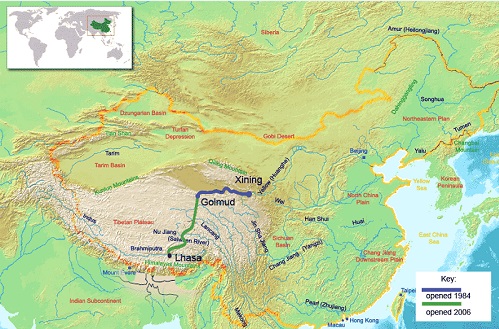
The trains to Tibet leave from seven cities in China – Beijing, Chengdu, Chongqing, Shanghai, Xi’an, Guangzhou, and Xining – and pass through many other major towns en route. The start of the Qinghai-Tibet Railway, Xining, in Qinghai province, is the shortest train journey, at less than 24 hours. The other courses can take between 40-48 hours, so unless you have plenty of time to travel, the Xining train is the best. The Qinghai-Tibet Railway opened up Tibet for rail travel and is the world’s highest railway, sitting 4,000 meters above sea level for half of its length. A miracle of engineering, this railway is now one of the busiest in Asia, with around 25% of Tibet’s tourists using this route every year.
Traveling by train is not just a journey. It is an adventure. While the food on the trains is a little more expensive than in the Chinese cities, the quality does not justify it. However, an excellent restaurant car can hold around 50 diners, with delightful window views of the scenery as you eat lunch or dinner. Food can be delivered to your vehicle, which consists mainly of typical Chinese dishes. Diners in the restaurant car serve a variety of Tibetan-style dishes, Chinese food, cold meats, and soups.
Table of Contents
Facilities on the train
Only specific amounts of Luggage are allowed on the trains, similar to airline travel. Luggage is limited to 20 kg for adults and 10 kg for children – rated as being shorter than 1.3 meters. Luggage should also not be more than 160 centimeters long, wide or high. Fortunately, wheelchairs are not included in the luggage allowances.
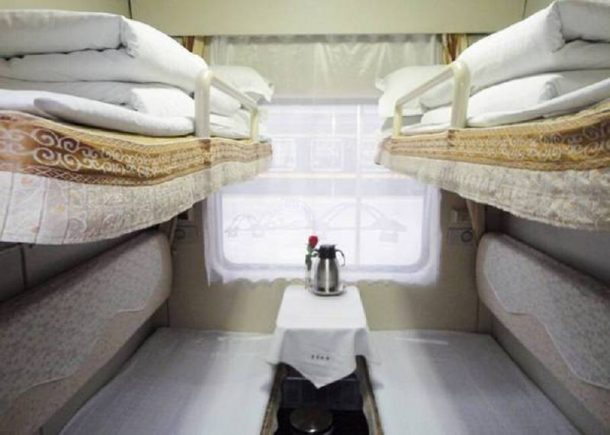
There are two types of sleeping cabins on the trains; first-class soft sleeper berths and second class hard sleeper berths. There are twelve first-class compartments in each place, with lockable doors, and sleep four adults comfortably.
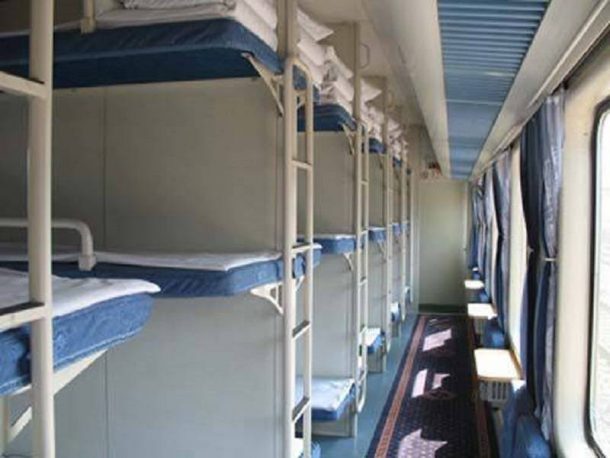
The second class option has 18 compartments per cabin and sleeps six in each container. Berths in the second class have considerably less room. The one major drawback is the lack of doors. Second-class compartments are not ideal for those traveling with expensive equipment such as mobile phones, laptops, and cameras. There are window seats in the corridor outside the chambers for those traveling second class, where you can watch the fantastic scenery drift past.
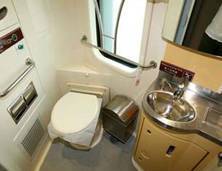
The trains have both western and Chinese-style bathrooms with toilets and sinks inside and restrooms for the disabled. There are also public sinks in each carriage. There is no shower or bath on the trains, so it is advisable to bathe just before leaving. There is also a 24 hour supply of hot water for washing. For those who get altitude sickness, the staff can provide oxygen tubes fitted to the outlets in the corridors to aid with breathing and acclimatizing to the thinner air. While the gradual ascent up to the plateau can help acclimatization a little, to acclimatize correctly, you should spend a day or so at around 2,500 meters (the optimum mid-elevation for acclimatization) as it is recommended to do this gradually. Xining at 2,275 meters is perfect for this.
Internet access is limited to mobile data since there is no Wi-Fi facility. However, the two major Telco’s in China provide an excellent mobile signal for most journeys. And you can charge your devices in any of the electric outlets in the cabins. There are televisions in the first-class compartments, but bring a book or magazines to read. Or you could spend your time watching the beautiful scenery outside, something not to be missed.
Top sights of the Qingzang Railway
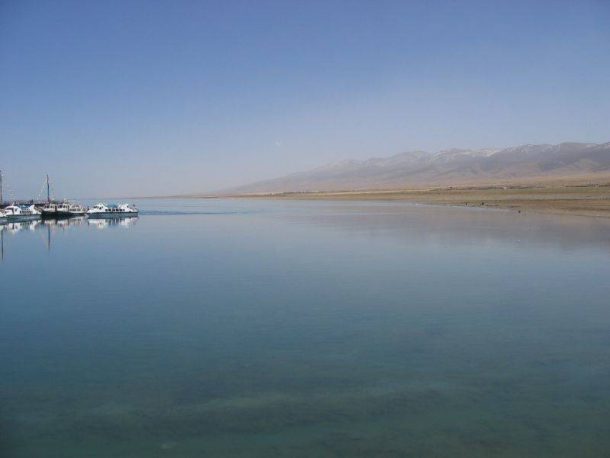
When taking the “Sky Road,” as the Qinghai-Tibet train is known, you will travel almost 2,000 kilometers across the Qinghai-Tibet Plateau. After leaving Xining, you will pass the vastness of Qinghai Lake, the largest inland saltwater lake in China. On its western shore, you can see Bird Island, a haven for many protected species. When the ice melts on the plateau, more than 20 kinds of birds flock to the lake, covering the island altogether.
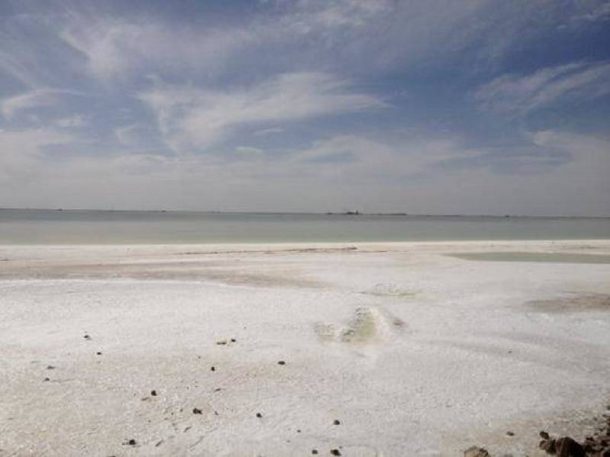
Chauhan Salt Lake is the largest of the 30 Chaka Salt Lakes, where locals make their living sifting the salt from the lakes to sell to tourists. After these lakes, you move into the Kunlun Mountains Pass, where the altitude rises to 4,700 meters above sea level (ASL). Look out for the rare animals in the grass or snow.
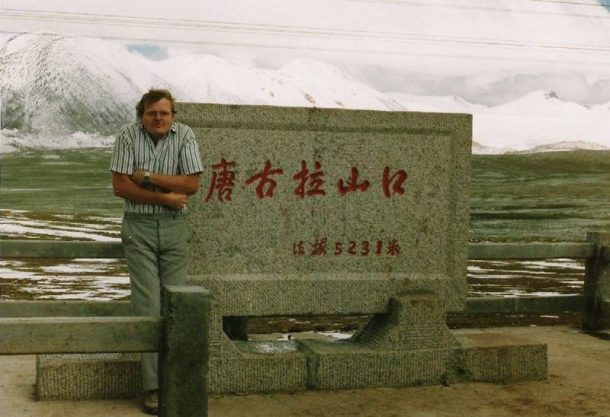
Tanggula Mountain Pass is the highest point of the railway, at 5,231 meters ASL. The mountain is the source of three rivers; the Yangtze, the Nu River, and the Lancang River, and in Tibetan means, “Mountains are not going to be passed by flying eagles.” The longest river in China, the Yangtze, starts as the Tuotuo River. Dropping next to Hohxil, you will enter the “depopulated area,” known for its Tibetan antelopes, wild donkeys, white-lipped deer, and snow leopards. A “life-forbidden zone,” Hohxil is a paradise for animals.
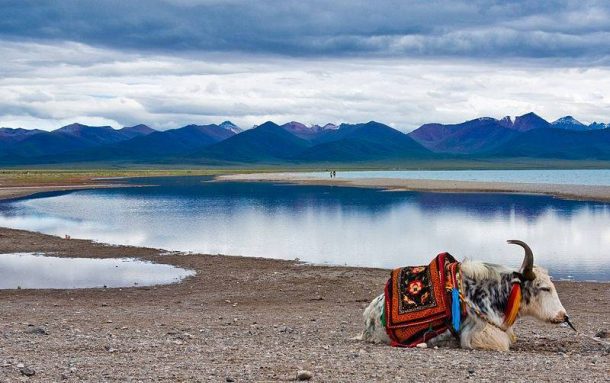
Lake Namtso, “Holy Lake” in Tibetan, is the largest saltwater lake in China, at 1,900 square kilometers. It is also the highest, at 4,718 meters, and is the color of the blue sky above it. With most of China’s hot springs being in Tibet, Yambajan is the best known, with its hot spring waters boiling on the cold of the plateau. The springs and geysers here cover an area of over 7,000 square meters.
Contrary to what you might think, train travel to Tibet can be expensive. The average prices for trains range from $115-$220 net. And this depends on the city, time of year, Tibet travel agency, and availability of berths or seats. A common practice is ticket scalping, where enterprising individuals buy tickets in advance and sell them at a premium when trains are fully booked.
Recent Posts
The Ultimate Guide to Tibet Tours, Travel, and Trekking Adventures
How to Explore Tibetan Culture
Exploring Lhasa:The Heart of Tibet
All Categories
- About Tibet
- book a Tibet tour
- Buddhism Practice
- Budget Tour
- China-Tibet Train
- Customized Tibet tour
- Historical Sites
- Hot Springs in Tibet
- News
- Photography in Tibet
- Tibet attraction
- Tibet Group Visa
- Tibet Motorcycle Tour
- Tibet Small Group Tours
- Tibet Tours and Tibetan Tour Guide
- Tibet Train
- Tibet Travel FAQs
- Tibet Travel Information
- Tibet Travel News
- Tibet Travel Permit Update
- Tibet Travel Prices Rises
- Tibet Trek
- Tibet Trekking Tour
- Tibet weather and climate
- Tibet Wildlife animals
- Tibet Winter Tour
- Tibetan Buddhism
- Tibetan Cultural Features
- Tibetan Culture and Poeple
- Tibetan Festivals
- What to see in Tibet



